Our precise measuring system ensures your custom garment requirements are perfected.
Your measurements are utilized by Brooks Bingham to create a tailored profile using advanced technology. Each model undergoes thorough review and adjustment by our master tailors in our design studio. Just follow each step, and your measurements will be perfect.
Upper Body Measurements
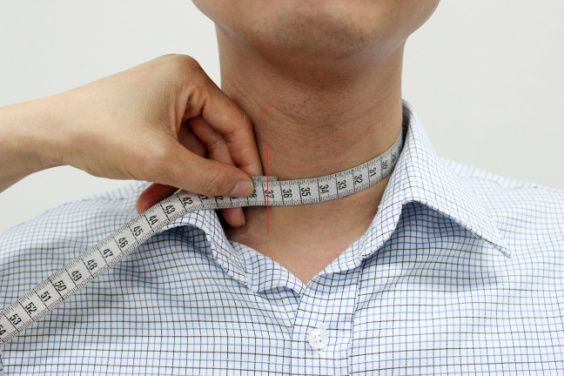
Neck Measurements
Place the measuring tape below the Adam’s apple and keep the cloth tape 3cm above 7th Cervical vertebra and the pit of the neck. The tape should be parallel of the neck cross-section. Once finger in th tape, it is advisable to slight tight. (Add 2cm in the finished collor too).
Usually 30 to 66 CM or 11.81 to 21.98 IN
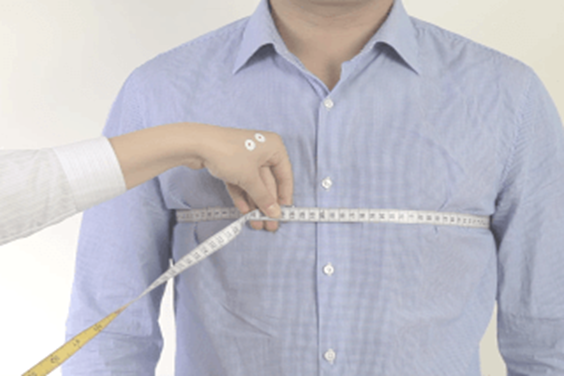
Chest Measurements
Run the measuring tape around the fullest part of teh Chest. Two fingers in the measuring tape, not too tight or too loose.
Usually 72 to 175 CM or 25.98 to 73.23 IN
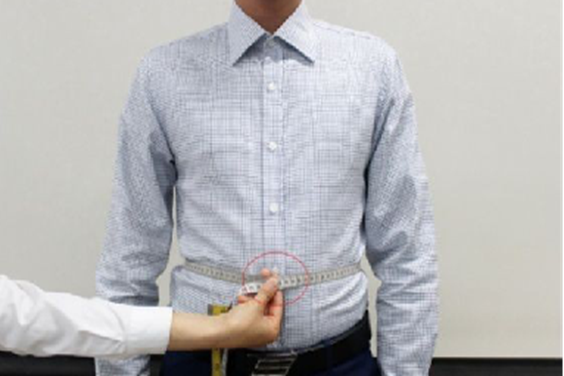
Stomach Measurements
Take the back waist point as the datum point, run the measuring tape around the abdomen. Two fingers in the measuring tape, not toop tight or too loose.
Usually 55 to 185 CM or 22.68 to 72.83 IN
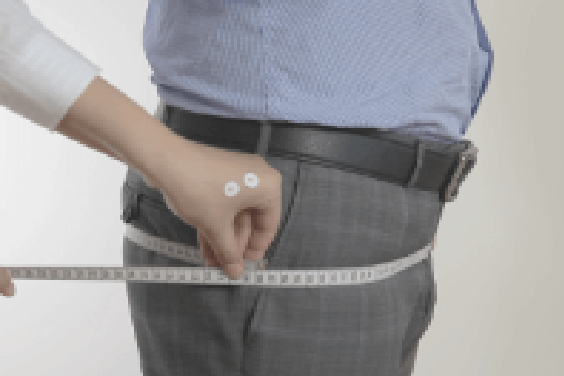
Seat Measurements
Stand naturally and measure around the fullest part of teh hips. Two fingers in the measuring tape, not too tight or loose.
Usually 70 to 200 CM or 26.77 to 78.74 IN
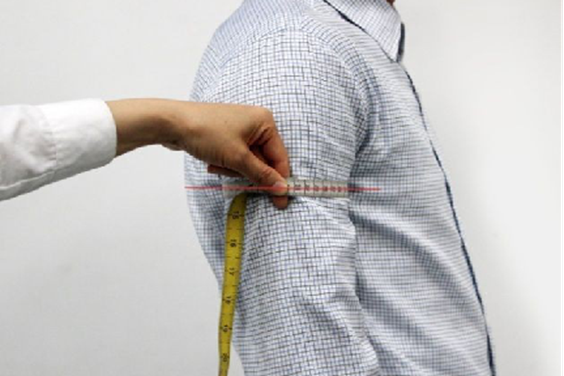
Bicep Measurements
With the arm hanging at customer’s side and relaxed, measure around the bicep at its fullest point. Hold one finder between the bicep and the cloth tape.
Usually 31 to 72 CM or 7.48 to 29.13 IN
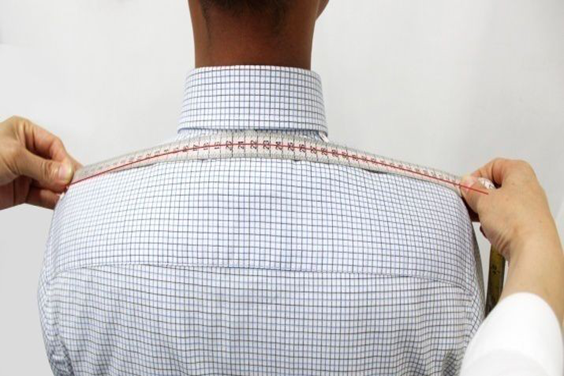
Shoulder Measurements
Place the measuring tape where the shoulder points are. The measuring tap should touch the 7th cervical vertebra.
Usually 22 to 68 CM or 12.20 to 29.92 IN
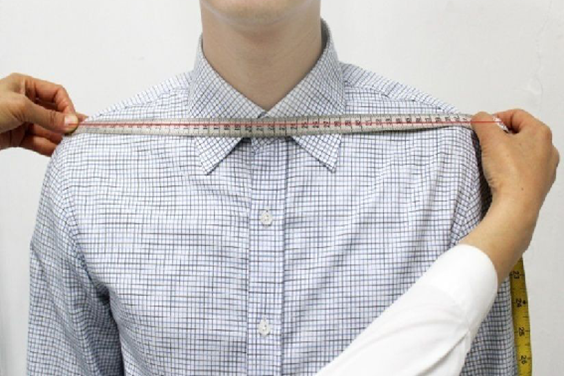
Front Shoulder Measurements
Keep the measuring tape straight. The starting point is the right shoulder point the destination is the left shoulder point.
Usually 29 to 68 CM or 11.42 to 26.77 IN
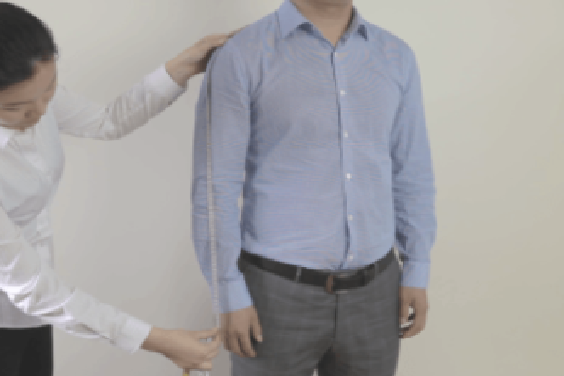
Sleeve Measurement
PLcae one end of the measuring tape where the right shoulder point is. Measure along the arm down to the frist knuckle of the middle finger. Deduct 4cm for men sleeve length.
Usually L,R 25 to 82 CM or 9.84 to 33.46 IN
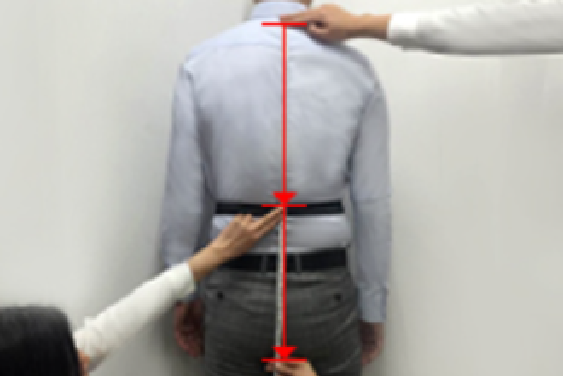
Back Length Measurement
Keep teh cloth tape in the middle of the back. Place the measureing tape from the 7th cervical vertebra to the butt crotch. The data deducts 2cm iis the standard for men’s back length. Remark: 3cm or more up of the standard length is the short pattern. 3cm or less down of the standard length is the long pattern
Usually 47 to 118 CM or 18.5 to 41.34 IN
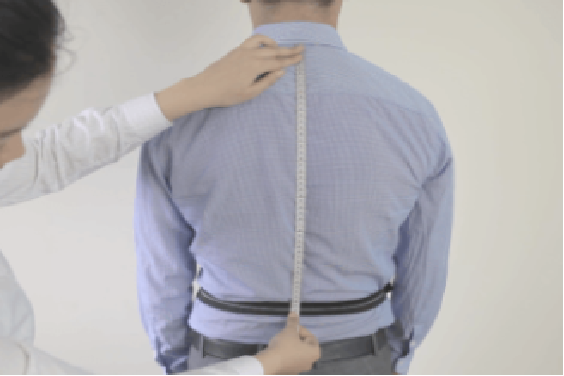
Nape to Waist Measurement
Place the measure tape from the 7th cervical vertebra to the white line of the belt.
Usually 31 to 63 CM or 11.42 to 24.8 IN
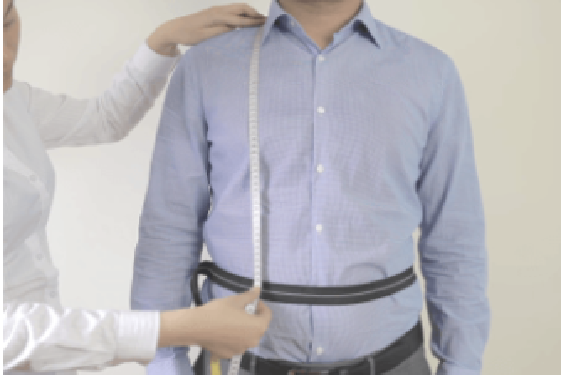
Front Waist Length Measurements
Place the measuring tape from the shoulder neck point ot the white line of the stomach belt. The cloth tape should pass the highest point of the chest.
Usually 33 to 75 CM or 12.20 to 29.53 IN
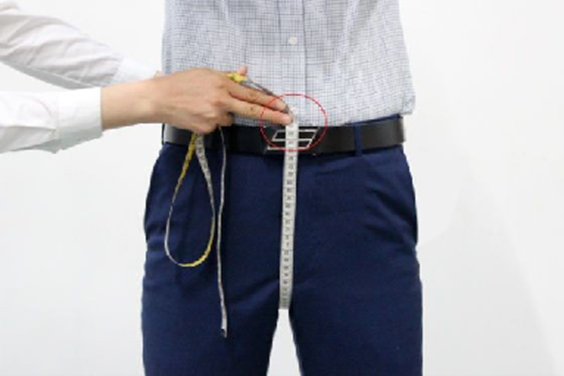
U - Rise Measurement
When measuring, let the customer's stand up and take out all the things of the pocket. Half squat, find the most full part of the hip. Measure horizontally along the full ump for a round and can add 1-2cm to that basis data.
Usually 50 to 120 CM or 19.69 to 47.24 IN
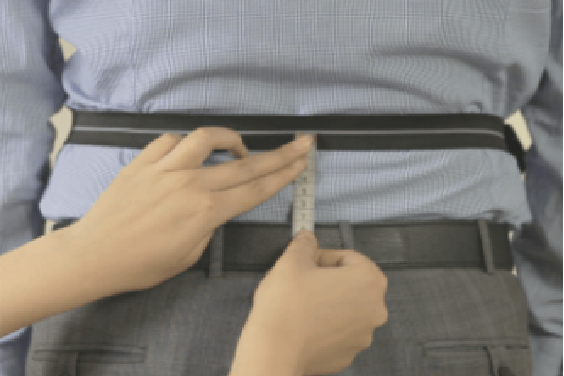
Back Waist Length Measurements
Place the measuring tape from the white line of the belt to the top of the back waistband. Keep the cloth tape in the middle of the back.
Usually 0 to 21 CM or 0 to 8.27 IN
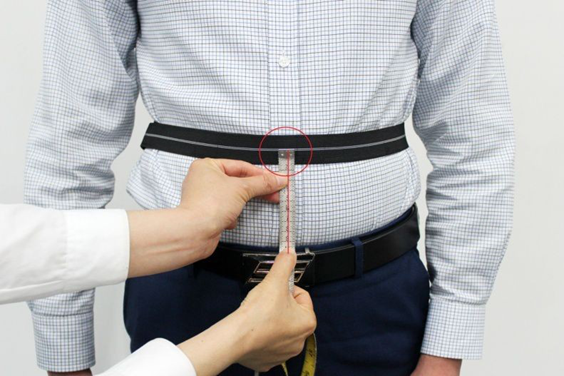
Front Waist Height Measurements
Place the measuring tape from the white line of the belt to the top of the front waistband. Keep the cloth tape in the middle of the front.
Usually 0 to 30 CM ot 0 to 16.14 IN
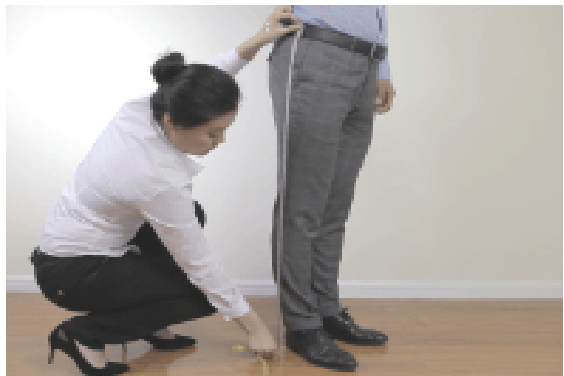
Outseam Left & Right Measurement
Place the measuring tape on the top of the waistband. Measure downt he outside of the lef to the ground. Normally deduct 2cm length. Customer can appoint the pant length they prefer.
Usually 60 to 135 CM or 23.62 to 53.15 IN
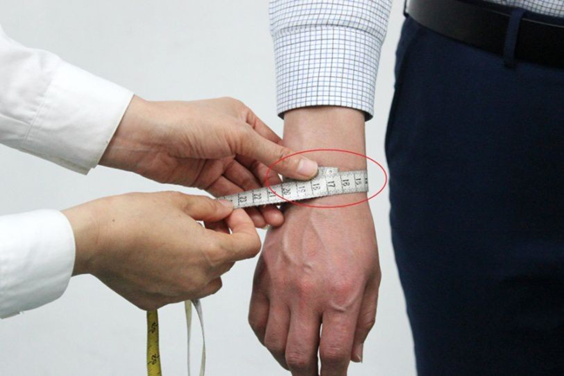
Cuff Measurements
Measure around the fullest part of the cuff. Make sure the tape is not too tight.
Usually 25 to 70 CM or .84 to 27.56 IN
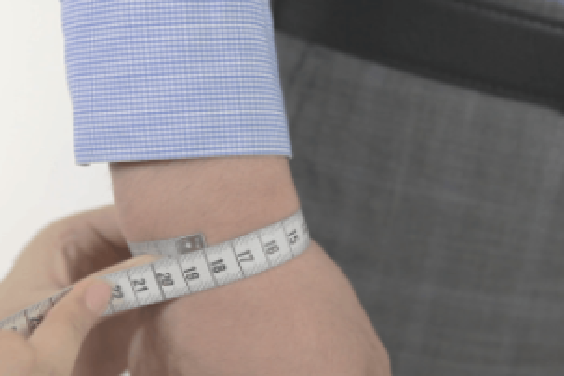
Left & Right Wrist Measurements
Measure around the fullest part of the wrist. If the customer wears watch depending on the size of the watch, add 1.5 to 2 cm
Usually 13 to 33 CM
Lower Body Measurements
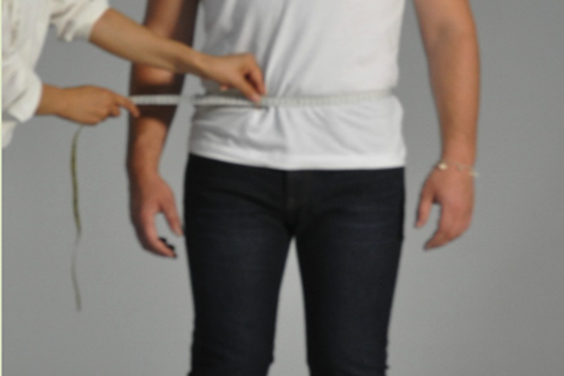
Waist Circumference
Place soft ruler along the customer's waist along the amount of a week, two fingers in the soft ruler shall prevail, the combined point on the right side. (For convex belly or fat customers, we should let the customer take a breath to record the data size) (If it is all rubber waist, please subtract 10-15cm in the net body data)
Usually 100 to 120 CM or >40 IN
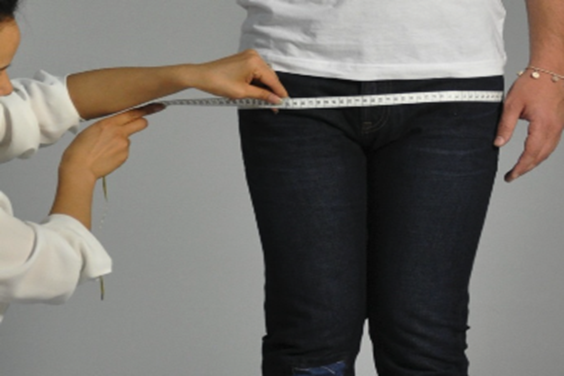
Hip Circumference
When measuring, let the customer's stand up and take out all the things of the pocket. Half squat, find the most full part of the hip. Measure horizontally along the full ump for a round and can add 1-2cm to that basis data.
Usually 94 to 99 CM or 37 to 39 IN
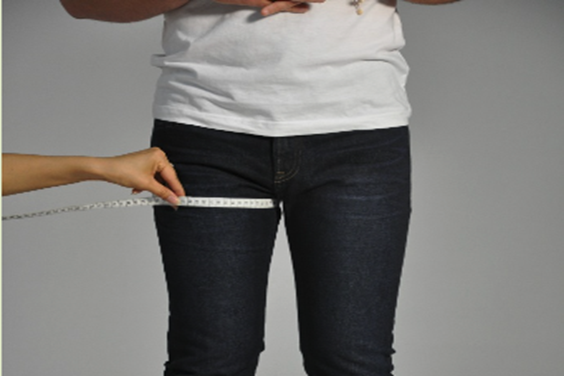
Thigh Circumference
Horizontally measure the fullest part of the thigh horizontally for a round, and two fingers in the soft ruler shall prevail, neither loose nor tight, (the joint point is on the right side).
Usually 51 to 61 or 20 to 24 IN
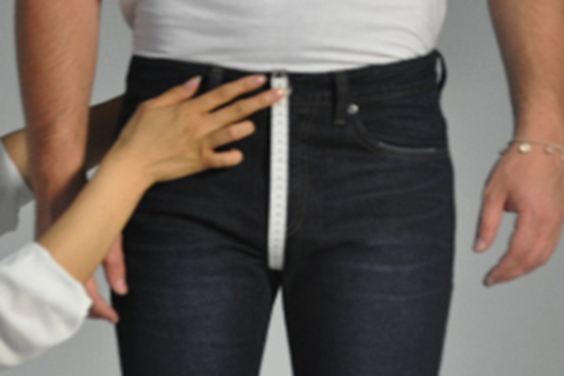
Crotch
Soft rule from the waist high point through the crotch to the waist high point, not loose or tight. (To have the action of lifting the ruler)
Usually 86 to 91 CM or 34 to 36 IN
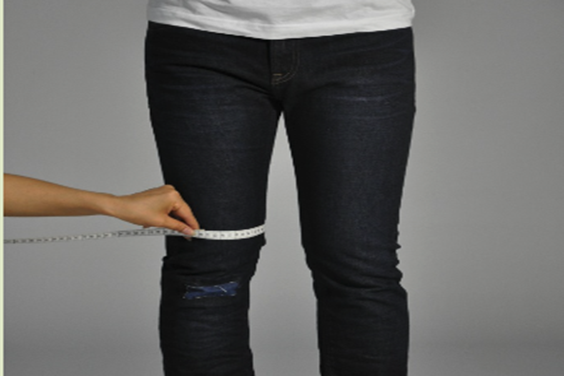
Knee Circumference
Measure horizontally around the knee for a week, the man put 1 finger, the woman does not put the fingers. (When measuring knee circumference, certain contrast measures crus circumference, the size of knee circumference and crus circumference which larger we take the size of which part)
Usually 38 to 43 CM or 15 to 17 IN
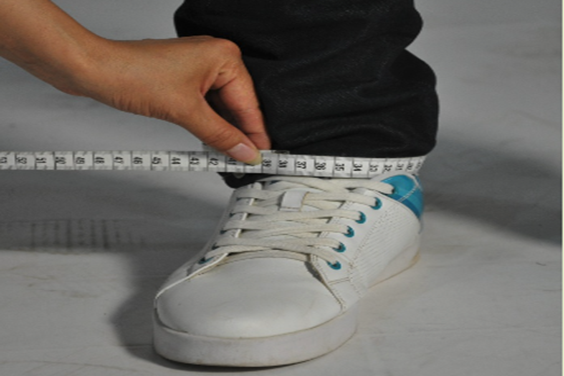
Bottom Circumference
Adjust according to the customer's request. Measuring for the finished clothes (ready- wear-size):
1.Female straight jeans: bottom circumference net size minus 2 cm
2.Boot cut jeans: bottom circumference size add 4-5 cm
3.Wide-leg jeans: bottom circumference net size minus 3-4 cm
4.Flare jeans: bottom circumference net size plus 5 cm
5.Pants: measure tightly
Usually 38 to 43 CM or 15 to 17 IN
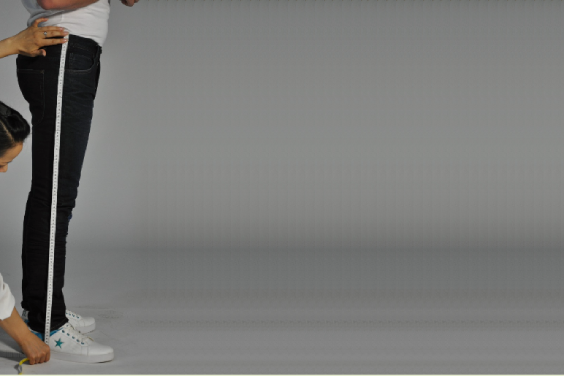
Length Circumference
From the waist, along the side seam of the pants, the normal data is the measurement minus 1-2 cm.
Usually 76 to 91 CM or 30 to 36 IN
If you have any concerns regarding measurements, please contact us at customersupport@brooksbingham.com. We are committed to providing excellent customer service and ensuring your complete satisfaction. Feel free to reach out to us for any inquiries or assistance. Your feedback is valuable to us, and we are here to help with any questions or issues you may have.
